Following on from my introductory Our First Fire & Sword Campaign: Revolt in the Sudan post the initial deployment was done randomly – using a random table I generated to use in conjunction with Steve Winter’s original rules. This resulted in a reasonably conventional, although not necessarily ideal deployment of the Egyptian forces. The actual size and number of forces was similar to Steve’s originals, see his starting OOB (or our map below) for an idea of the forces… The map shows the situation once the random deployment has been completed and the initial revolt indexes generated – but before Turn 1 has begun and checks for revolts carried out.
Continue reading “Fire & Sword Campaign Set Up”Tag: British
Our First Fire & Sword Campaign: Revolt in the Sudan
Some of us at the Auckland Wargaming Club were inspired by Steve Winter’s campaign at the Colonial Angle website – so we grabbed Steve’s great idea, I tweaked it a little to suit me, and off we went! First thing I did was grabbed Steve’s Map and colourised it – the map below is the result. I am on the lookout for a new map long-term however and this one is now getting a bit congested due to my tweaking!
Continue reading “Our First Fire & Sword Campaign: Revolt in the Sudan”Fire & Sword in the Sudan Campaign
Our Colonial Campaign gets ready to kick off! Turn one has already begun and the Sudan has erupted into revolt. See how the campaign is going here… Our First Fire & Sword Campaign.
Continue reading “Fire & Sword in the Sudan Campaign”Maori Wars: Colonial New Zealand Buildings
New Zealand’s main Colonial Growth occurred in a period before and simultaneous to the American Civil War, as a result many major buildings from the 1840-1880 period closely resemble the same style of construction as was common in North America at the time of the American Civil War and before. By the 1870’s there appears to be a reasonably widespread introduction of corrugated iron (and of course in the main towns construction of large multi-story stone and similar buildings) – but this is essentially after the period we are interested in. Continue reading “Maori Wars: Colonial New Zealand Buildings”
The Sword and the Flame [TSATF]
Larry Brom wrote TSATF in 1979, and 30 years later it’s still going strong with very little changes! Having played TTG’s Soldiers of the Queen* [SotQ] fairly extensively since it was published in 1987 (in my earlier wargaming years) until a long hiatus from all colonial gaming in the early 1990s, I was only introduced to TSATF in recent years for the first time…
* Not to be confused with the Victorian Military Society’s Journal “Soldiers of the Queen“!
Continue reading “The Sword and the Flame [TSATF]”The Widow at Windsor
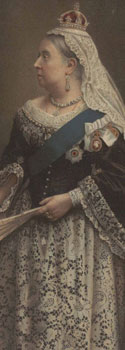
Widow at Windsor by Rudyard Kipling
’Ave you ’eard o’ the Widow at Windsor
With a hairy gold crown on ’er ’ead?
She ’as ships on the foam—she ’as millions at ’ome,
An’ she pays us poor beggars in red.
(Ow, poor beggars in red!)
There’s ’er nick on the cavalry ’orses,
There’s ’er mark on the medical stores—
An’ ’er troopers you’ll find with a fair wind be’ind
That takes us to various wars.
(Poor beggars!—barbarious wars!)
Then ’ere’s to the Widow at Windsor,
An’ ’ere’s to the stores an’ the guns,
The men an’ the ’orses what makes up the forces
O’ Missis Victorier’s sons.
(Poor beggars! Victorier’s sons!)
Walk wide o’ the Widow at Windsor,
For ’alf o’ Creation she owns:
We ’ave bought ’er the same with the sword an’ the flame,
An’ we’ve salted it down with our bones.
(Poor beggars!—it’s blue with our bones!)
Continue reading “The Widow at Windsor”
Fire & Sword in the Sudan: Epilogue

The campaign was concluded at this point. Although the Mahdists still hold a few towns in the west and south, their spirit and manpower is broken. On the other hand, the serious casualties suffered by Graham will limit his offensive capabilities until Herbert Stewart and John McNeill are able to bring their forces to bear on Kassala and the Western Sudan. By then, a General Election and growing Russian pressure on Afghanistan will justify the withdrawal of British forces from the region.
Fire & Sword in the Sudan: April 1884
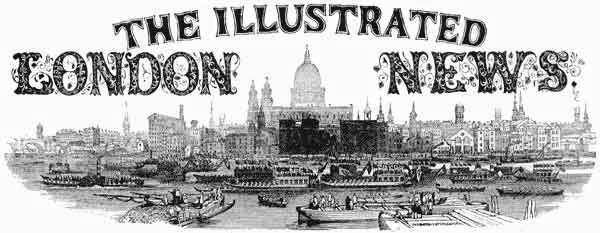
April 1884: A Damn Close Run Thing!
The capture of Abu Hamed by the Berber Field Force (commanded by Baker and Hicks) was something on an anti-climax. Most of the rebels fled the town as the expeditionary force approached. Less than 1000 desperate fanatics, lacking rifles or artillery support, sallied out to engage the Egyptians and were routed without delay. Imperial casualties were less than 30 men killed and wounded. The Northern District can now be considered at peace, and the threat of an attack on Egypt lifted.
Fire & Sword in the Sudan: February-March 1884

February 1884: “Graham Saves the Day”
The combined Anglo-Egyptian relief expedition, numbering approximately 7700 regulars and supported by another 800 native levies, and now under the command of General Wolseley advanced south from Wad Hamed following the banks of the Nile upstream towards Khartoum. On the 21st February, with their objective in sight on the far horizon, the army decamped from its defensive zeriba at dawn, intending to be at the city in time for tiffin.
Continue reading “Fire & Sword in the Sudan: February-March 1884”
Fire & Sword in the Sudan: January-February 1884

January 1884: “There will be an awful fuss about this at home”
Baker’s relief column advanced up-river in an open square to break the siege of Khartoum, with its open flank guarded by Egyptian cavalry. For several hours Gordon, anxiously watching for the relief column from the roof of the Residency, was unconvinced that the troops advancing towards him through the dust clouds were friendly – the presence of local scouts alongside the European police persuading him that this might be an enemy ruse. As a result, Hicks was ordered not to advance beyond the fortifications, which they held with some success throughout the battle, despite repeated assaults by fierce Hadendowa tribesmen.
Continue reading “Fire & Sword in the Sudan: January-February 1884”
Fire & Sword in the Sudan: December 1883-January 1884

December 1883: “Chinese Gordon” Pulls it Off!
General Baker advanced upriver from Atbara, encountering little resistance from the local tribes until a determined effort was made by about 1500 insurgents to contest his traversing of the 6th cataract north of Wad Hamed. The enemy position was carried with only minor casualties and the town occupied shortly thereafter. Baker’s Abyssinian scouts pushed forward to reconnoitre the situation at Khartoum, returning to report a fierce battle, taking place around the northeast gate of the city.
Continue reading “Fire & Sword in the Sudan: December 1883-January 1884”
Fire & Sword in the Sudan: September-November 1883

September 1883: Baker Advances
As predicted, General Baker has advanced from Trinkitat to subdue the rebellious Hadendowa tribes of the Eastern Sudan. His expedition, some 4000 strong and well provided with artillery, met with no opposition as it advanced across the salt marshes that surround the town, the enemy melting away into the hills as they came on. Scouts sent out to reconnoitre the ‘road’ to Sinkat by Lieutenant Commander Moncrief, British Consul at Suakin, report that the enemy also appears to have withdrawn from here as well.
Continue reading “Fire & Sword in the Sudan: September-November 1883”
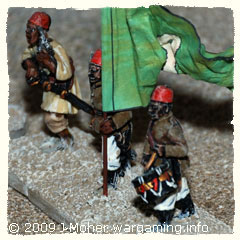
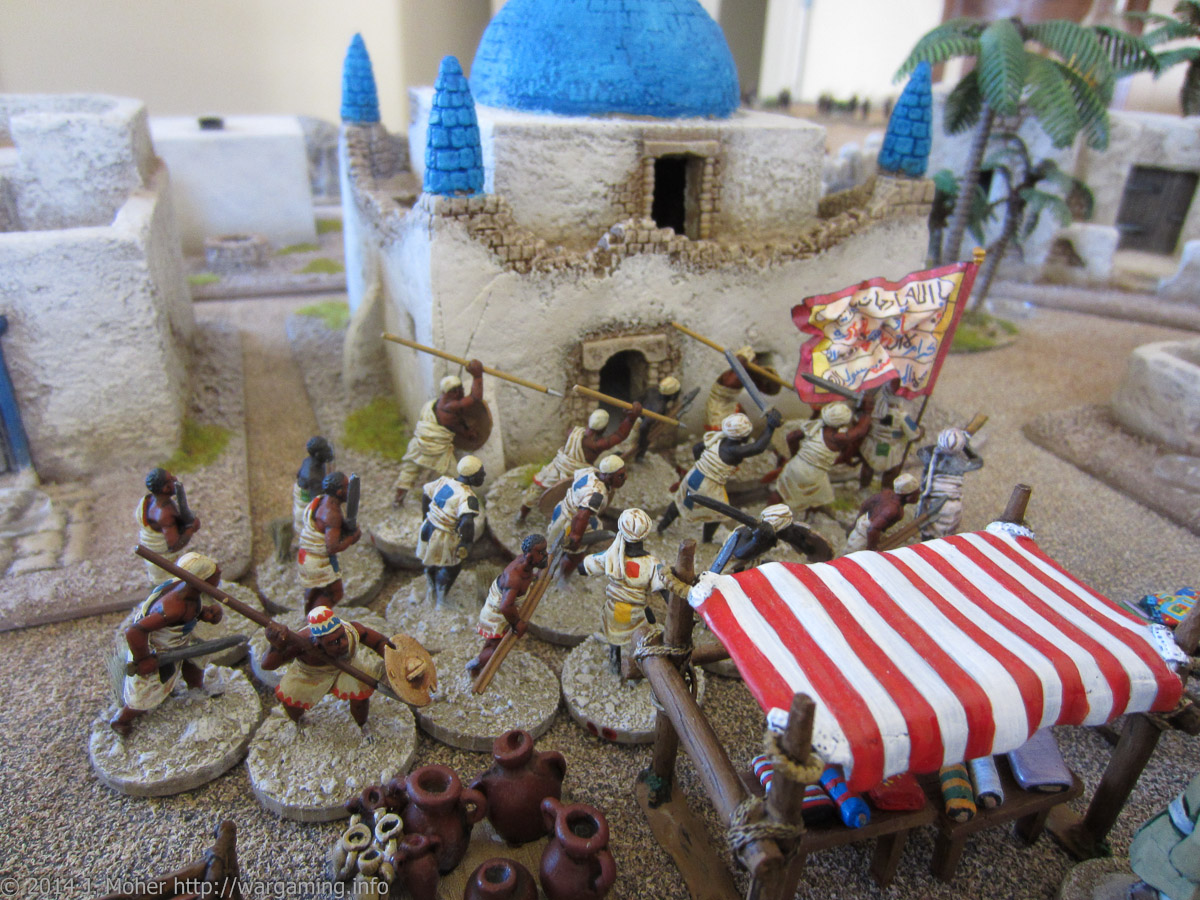
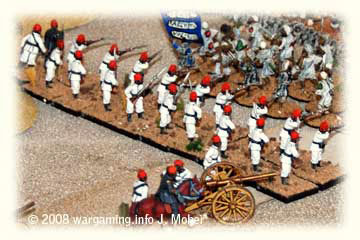
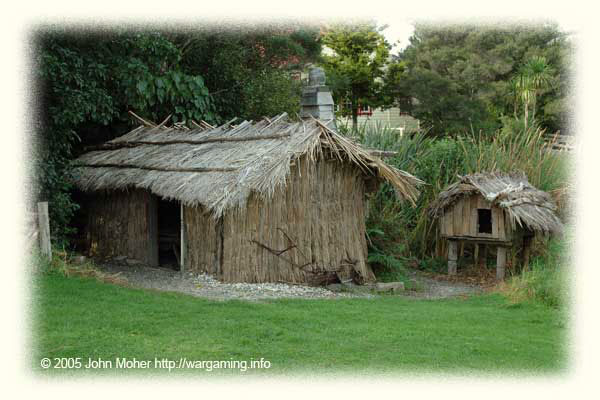
![The Sword and the Flame [TSATF]](https://wargaming.info/wp-content/uploads/The-Sword-And-The-Flame-Revision-1-1986-front-cover-1.jpg)